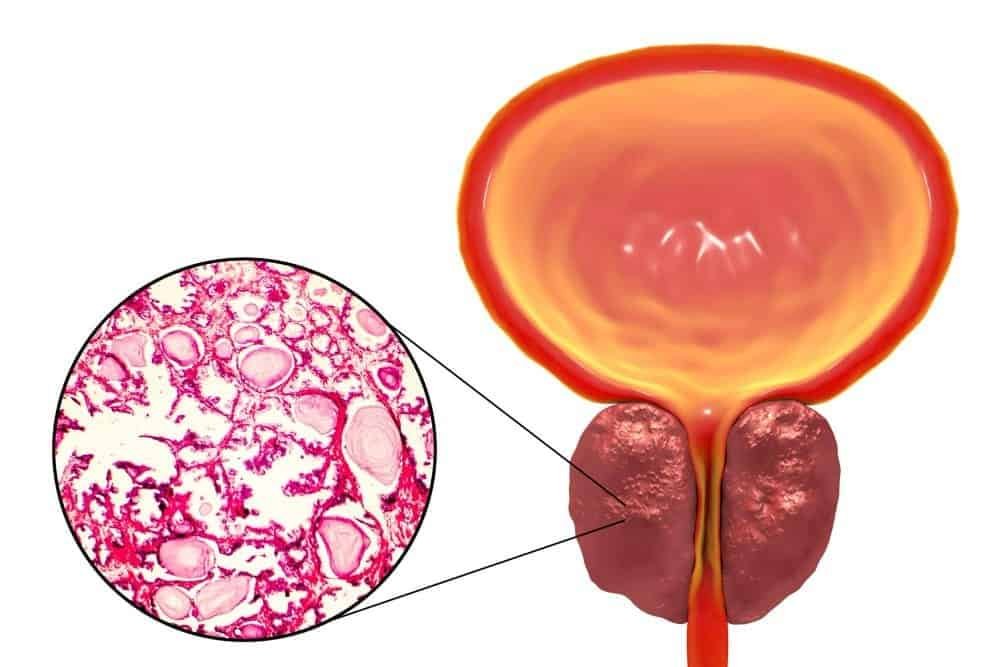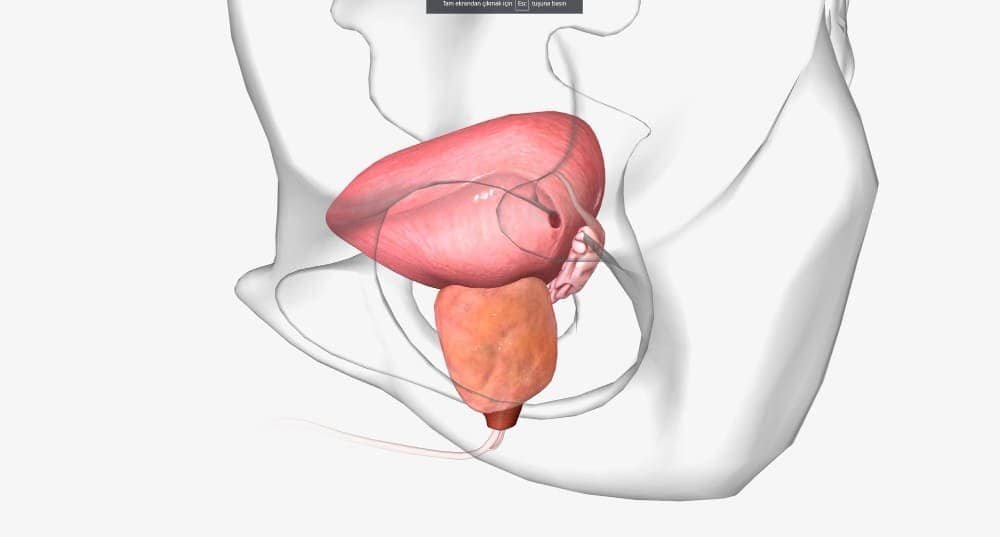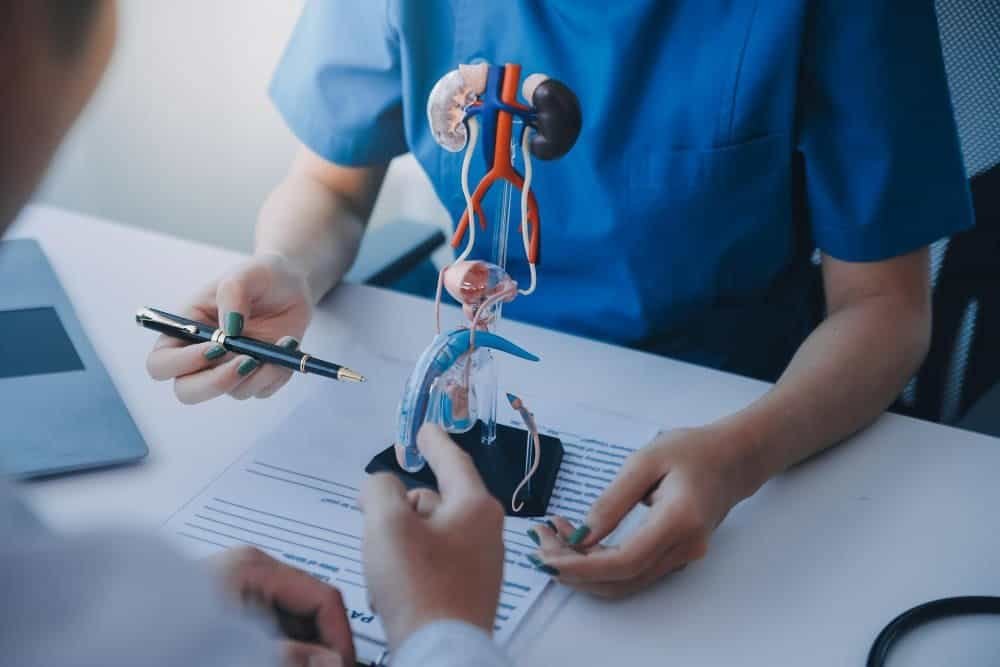If you’re exploring treatments for an enlarged prostate, your primary question might be about how long prostate artery embolization lasts. This guide provides a detailed look at the durable, long-term symptom relief you can expect from this modern, minimally invasive procedure. ⏱️

How Long Does the Relief from Prostate Artery Embolization Last?
Prostate Artery Embolization (PAE) is celebrated not just for its safety and minimal downtime, but for providing significant and long-lasting symptom relief. For the vast majority of patients, the benefits of the PAE procedure are not a temporary fix but a durable, long-term solution. Most men experience sustained improvements for many years, with clinical studies demonstrating that the positive effects are well-maintained five years post-procedure and often much longer.
The goal of PAE is to provide a lasting improvement in your quality of life, freeing you from the disruptive lower urinary tract symptoms (LUTS) caused by Benign Prostatic Hyperplasia (BPH). With the expertise of a skilled interventional radiologist like Dr. Samir Abdel Ghaffar, the results can be both profound and enduring.
Understanding How PAE Achieves Long-Lasting Results
To appreciate why PAE offers such durable relief, it’s helpful to understand the procedure itself. PAE is a targeted intervention that addresses the root cause of BPH symptoms: the enlarged prostate gland.
The procedure is performed under local anesthesia. An interventional radiologist makes a tiny puncture in the skin, usually at the groin or wrist, to access an artery. Using sophisticated X-ray imaging, a microcatheter guide to the arteries that supply blood to the prostate. Tiny, microscopic spheres are then inject into these vessels. This process, known as embolization, blocks the blood flow to specific areas of the prostate.
This reduction in blood supply induces a process where the prostate tissue, starved of oxygen and nutrients, begins to shrink. The prostate doesn’t just stop growing; its actual size decreases. This shrinking process relieves the pressure on the urethra, the tube that carries urine from the bladder. As the prostate shrinks, the urinary symptoms it caused—like a weak stream, frequent urination, and urgency—are significantly reduced or eliminated.
Unlike medications that manage symptoms temporarily, PAE physically alters the prostate gland, leading to structural changes that provide lasting benefits. The particles used for embolization are permanent, ensuring the blood supply to the treated areas remains blocked, which helps in maintaining the reduced prostate size over the long term.
What Do the Studies Say About PAE’s Durability?
When considering any medical procedure, looking at the clinical data is essential. Numerous international studies have investigated the long-term effectiveness of PAE, and the results are consistently positive, confirming its status as a reliable intervention for LUTS caused by BPH.
- Short-Term Success (1-12 Months): Virtually all studies show high success rates within the first year. Patients report dramatic improvements in their International Prostate Symptom Score (IPSS) and quality of life. The most significant symptom relief is typically seen within the first three to six months as the prostate continues to shrink.
- Medium-Term Durability (1-5 Years): This is where the question of “how long does it last?” really gets answered. Follow-up data from patients at three and five years post-procedure show that the vast majority maintain their symptom improvements. The success rates remain high, and the need for a secondary intervention or retreatment is low. A landmark study often cited shows that the results achieved at one year are largely sustained at the five-year mark.
- Long-Term Outlook (Beyond 5 Years): While very long-term data (10+ years) is still being gathered as PAE is a relatively modern procedure, existing evidence is highly encouraging. The data available suggests that PAE provides durable long-term LUTS relief. The continuous positive feedback from patients who underwent the procedure years ago supports its longevity. A key takeaway from ongoing research is that for most patients, PAE is a one-time procedure that provides years of freedom from BPH symptoms.
These studies confirm that the results of the PAE procedure are not fleeting. The physical reduction in prostate volume leads to a stable, long-term clinical benefit.
A Timeline of Symptom Relief After Your PAE Procedure

Understanding what to expect and when can help you appreciate the journey to lasting relief. The improvement is gradual but steady.
The First Few Days
Immediately after the procedure, which typically takes a few hours, patients rest for a short period before going home the same day. In the first few days, it is not unusual to experience some temporary pelvic pain or urinary discomfort. This is known as post-embolization syndrome and is a sign the treatment is working. Your original symptoms might even feel slightly worse for a very short time before they start getting better. This initial discomfort is manageable and begins subsiding quickly.
The First Month
Within the first week to one month, most patients begin to experience noticeable improvements. You might find that you’re getting up less at night, your urine stream is stronger, and the feeling of urgency has diminished. These early signs are incredibly encouraging and are just the beginning of the benefits to come.
Three to Six Months
This period is often when patients feel the peak effects of the PAE procedure. The prostate has undergone significant size reduction, leading to maximum symptom relief. The improvements you felt in the first month will continue to build, and your urinary function may feel better than it has in years. 👍
One Year and Beyond
By the one-year mark, the results are typically stable. The improvements you gained are now your new normal. The focus shifts from recovery to simply enjoying a life free from the constant burden of BPH symptoms. As the long-term study data shows, these excellent results are expected to last for many years.
Factors That Influence the Duration of PAE Relief
While PAE is consistently effective, the exact duration of relief can vary slightly from person to person. Several factors can play a role:
- Initial Prostate Size: PAE is effective for a wide range of prostate sizes. The degree of embolization will be tailored by the expert radiologist depending on the initial size and anatomy of your prostate.
- Severity of Symptoms: Patients with severe LUTS often experience the most dramatic and life-changing relief.
- Patient’s Overall Health: General health and the condition of the blood vessels can influence the procedure.
- The Skill of the Interventional Radiologist: This is arguably the most critical factor. The success and longevity of a prostate artery embolization depend heavily on the precision and thoroughness of the intervention. An expert like Dr. Samir Abdel Ghaffar uses advanced imaging to ensure the correct arteries are embolized completely and safely. This technical expertise directly correlates with more significant prostate shrinkage and, therefore, more durable, long-lasting results.
PAE vs. Other Treatments: A Comparison of Longevity
| Treatment Method | How it Works | Duration of Relief | Key Considerations |
|---|---|---|---|
| Medications | Relax muscles or shrink the prostate chemically. | Temporary; relief lasts only as long as you take the medication. | Requires daily commitment; can have side effects. |
| PAE | Physically shrinks the prostate by blocking its blood supply. | Long-lasting; studies show durable relief for 5+ years for most patients. | Minimally invasive, low risk of sexual side effects, quick recovery. |
| TURP (Surgery) | Surgically removes obstructive prostate tissue. | Considered the gold standard for durability; can last 10-15+ years. | Invasive surgery, requires hospital stay, higher risk of major side effects like erectile dysfunction and incontinence. |
PAE strikes an ideal balance. It relieves symptoms with a durability that approaches surgical outcomes but without the high risks and long recovery associated with an invasive operation. 💯
Your Path to Enduring BPH Relief
If you are seeking a solution for BPH that offers more than just temporary symptom management, prostate artery embolization is an outstanding option. The evidence is clear: PAE provides robust and long-lasting symptom relief that significantly improves the quality of life for years to come.
The key to achieving these excellent, durable outcomes is choosing the right expert. Dr. Samir Abdel Ghaffar is a consultant interventional radiologist who specializes in PAE and other advanced, minimally invasive prostate treatments like echolaser. His deep expertise ensures the procedure is performed with the utmost precision, maximizing your chances for long-term success.
Stop letting BPH symptoms dictate your life. Take the first step toward lasting freedom and schedule a consultation to find out if PAE is the right choice for you. ✅
 العربية
العربية 

